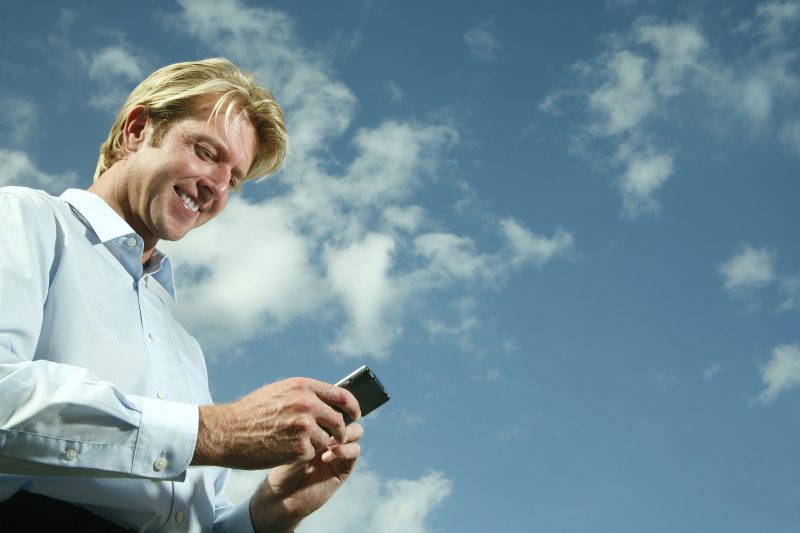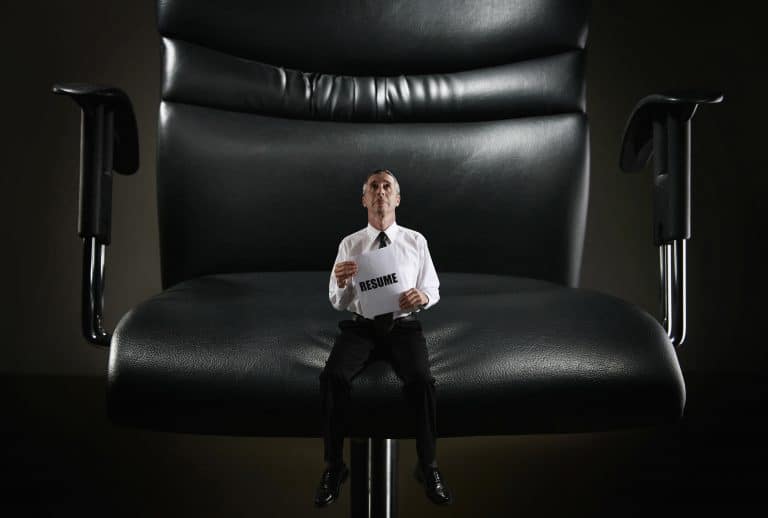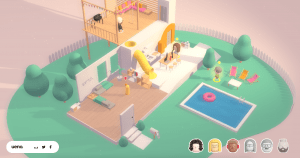We work a lot with HR teams in organisations to gamify the services their employees use. However, a lot of HR people are still wondering where is gamification in HR useful and visible. With this, they typically are looking for validation on one side and how it will look on the other side.
Where do we see gamification in HR?
I have from my early days of speaking in front of HR audiences at conferences maintained that gamification can work in all the meaningful areas of the employee lifecycle with a company and even beyond. For me, that translates into the following processes:
- Employer branding
- Recruitment
- Onboarding
- Training
- Performance management
- Employee well-being
- Career planning
- Levelling up (promotion, increased accountability or responsibility even without titles)
- Alumni communities
For each of these processes, there are multiple interaction points which can tell the employee whether the organisation cares and values them or not. I believe it is at these interaction points that companies can make a big difference and gamification can amplify this or enable this. It is one way amongst many, so do explore your options and pick those that are fitting to your company culture.
If you are just starting out on a gamification journey for your organisation, then tackle one of the above processes before embarking on all company-wide processes in one go. If you are in doubt whether your culture suits gamification, then go even smaller and start with a pilot project for one team or one area of the business, where you find a good cross section of personalities and people that would be willing to champion the ideas down the line when the pilot was a success.
What does it look like?
The look and feel of gamification can be applied in the tone and colour of your existing brand. If your brand is loud and daring, then your gamification approach may follow suit, if however, your brand is professional and low-key, it can be designed to look like that also. If designed well it should tell potential employees clearly whether they would fit in or not.
In terms of looks, we have seen companies creating game-like environments or replicas of their existing offices with regular tasks hidden inside them. We have also seen approaches that are much more like LinkedIn with subtle hints of status such as you are in the top 1% of users, progress bars, star ratings, likes/dislikes, emojis, etc.
How crazy you can go with the look and feel, really in honesty depends on your budget and your intentions. Anything that requires more bespoke graphics will cost a lot more than an out of the box game element already built in most gamification platforms. Some which are easy enough to replicate inside your existing systems and made to look and feel the same.
Either way, my advice would be to keep it consistent with your brand values. It can be as subtle as LinkedIn or as obvious as a Duolingo (language learning app with gamification core in its design). No matter what it needs to be congruent with all the other media you are putting out about your company and also in line what people will experience on a day to day basis inside your organisation.
https://gamificationnation.com/how-to-decide-if-gamification-may-solve-your-problem/




